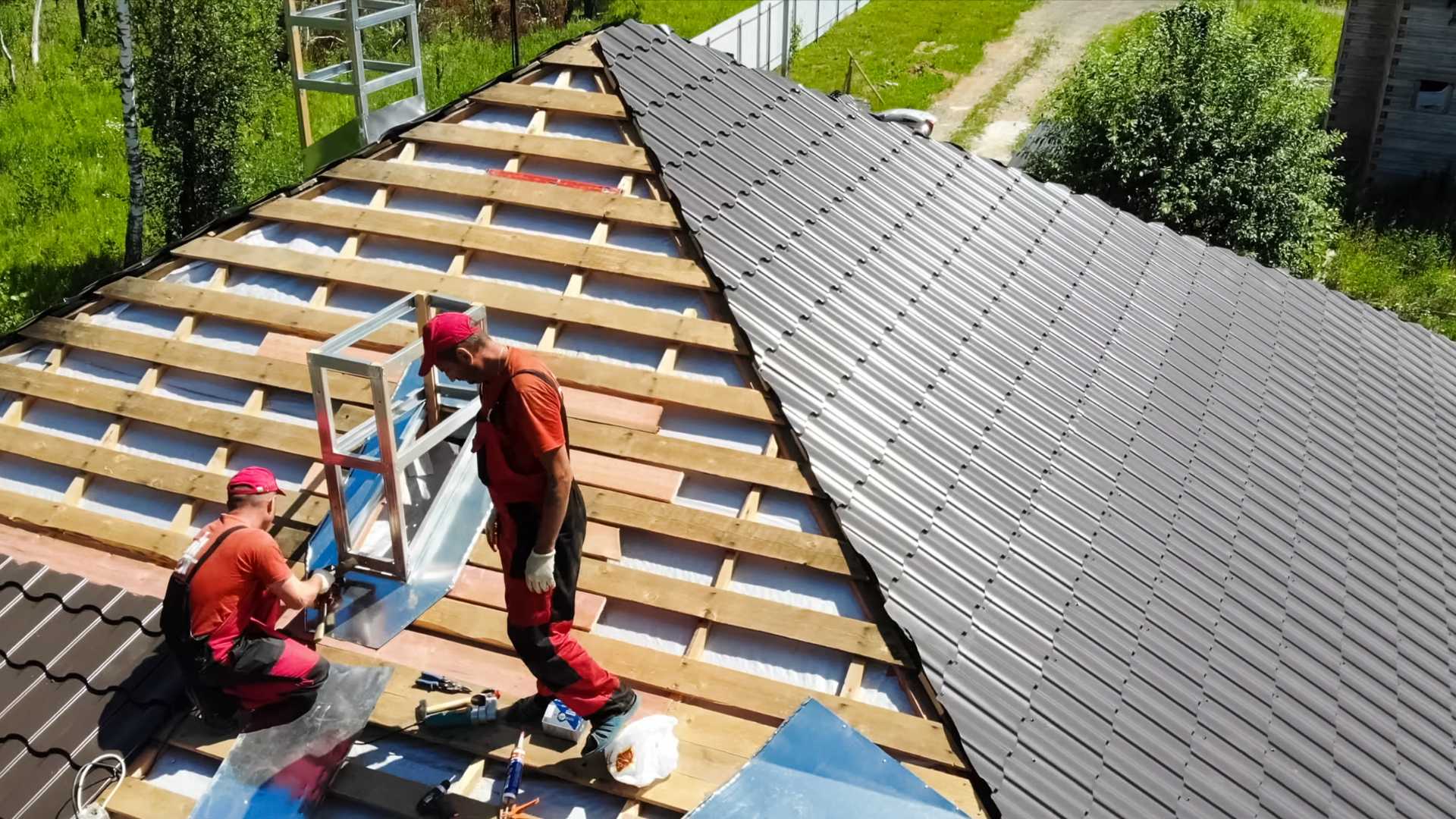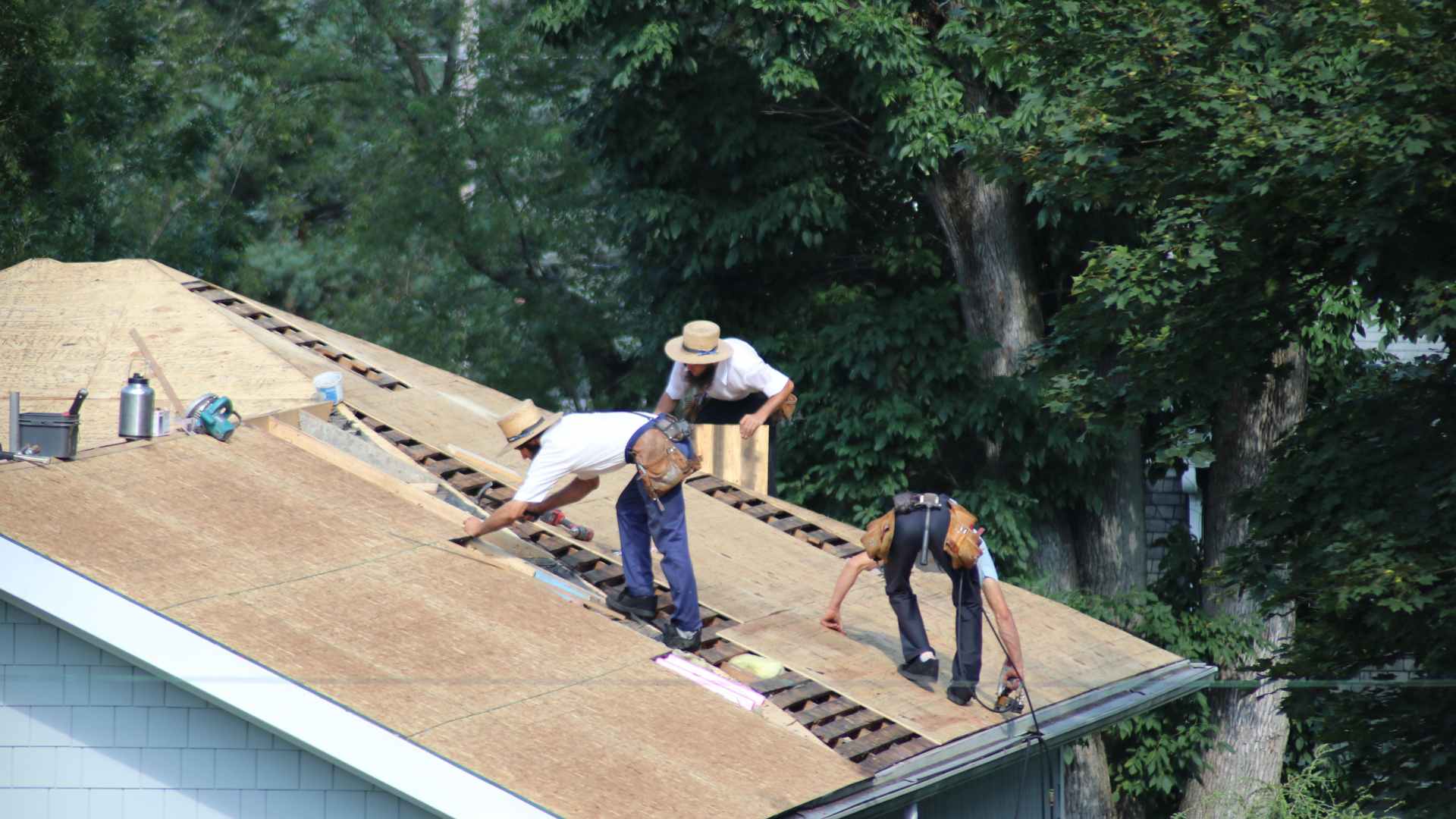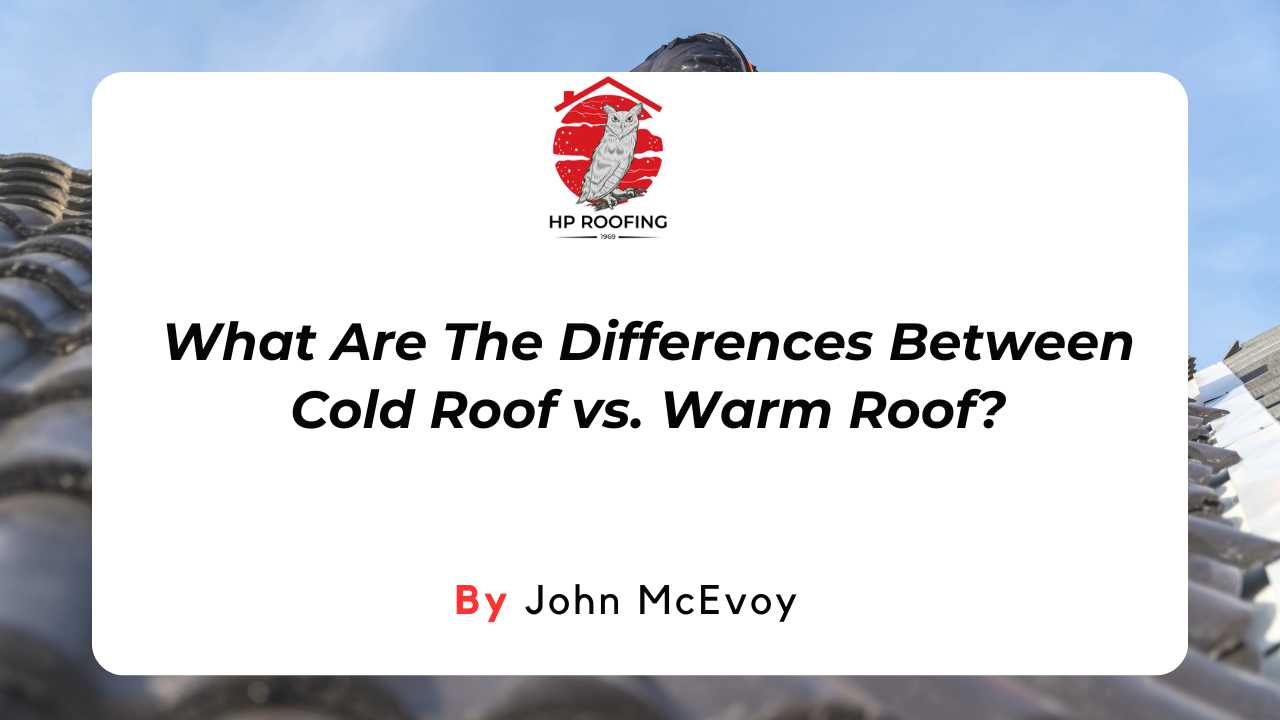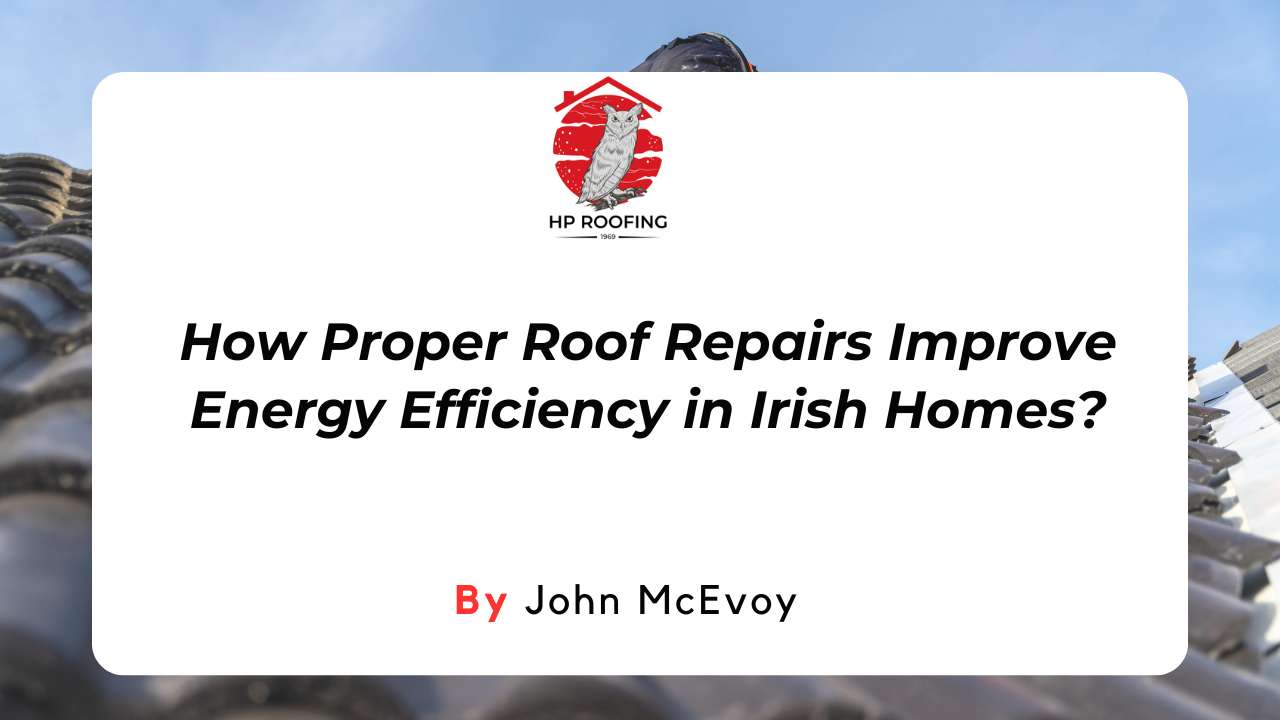Are you deciding between a cold roof or a warm roof but unsure which one is better for your property? Both roofing systems are commonly used in homes and buildings, each offering unique benefits.
A warm roof places insulation above the rafters, creating a continuous thermal layer that improves efficiency and reduces condensation risk. In contrast, a cold roof installs insulation between rafters, which can lead to heat loss and less consistent performance.
Understanding the differences between these two options is essential before making a decision. In this blog, we’ll explore what are the differences between cold roof vs. warm roof, their advantages, and which might be the right choice for your property.
Let’s start!
What Is a Cold Roof?

A cold roof places insulation between the rafters, leaving the rafters themselves exposed to external temperatures. This setup allows cold to pass through the uninsulated rafters, often leading to heat loss inside the house.
During winter, this can result in a noticeably cooler ceiling and lower energy efficiency. You may also experience thermal bridging, where heat escapes more easily through timber sections.
If you're considering insulation options, here are some standout advantages of opting for a cold roof system.
Moisture Management
With proper airflow, cold roofs handle dampness well by allowing moisture to escape.
Extended Roof Lifespan
Cold roofs often last longer thanks to reduced moisture-related problems. When insulation and ventilation are balanced correctly, the roof stays dry and in better shape for years.
Environmentally Friendly
Efficient energy use means less demand for heating systems, helping lower carbon output. Cold roofs support eco-conscious building choices when installed correctly.
Flexibility in Roofing Materials
Cold roofs work well with many roofing types, offering design versatility. Whether you're working with tiles, metal, or synthetic materials, cold roofs can adapt.
What Is a Warm Roof?

A warm roof is the one in which the insulation sits above or on top of the rafters, forming a continuous insulated layer over the roof structure. This design keeps the entire roof warm, reducing heat loss and improving energy performance.
Warm roofs tend to be more efficient and prevent condensation, as the entire structure stays at a consistent temperature.
While this choice may create a slightly heavier roof build, it usually provides greater value in the long run. When comparing cold roofs to warm roofs, the warm design generally performs better in terms of energy efficiency.
Although warm roofs may result in a slightly thicker profile, they deliver excellent long-term value and stand out for their superior energy efficiency. Below are some of the main benefits:
Improved Energy Efficiency
By placing insulation above the roof structure, warm roofs limit heat loss more effectively.
Condensation Prevention
The outer insulation layer helps stop warm, moist air from reaching cooler roof surfaces and reduces the risk of damp or condensation forming underneath.
Flexibility in Roof Design
Warm roofs offer more usable interior space since insulation doesn’t interrupt the internal roof shape.
Improved Sound Insulation
The added insulation above the roof helps block out outside noise, whether it's rain, wind, or traffic, the home stays quieter inside.
What Are The Key Differences Between Cold Roof vs. Warm Roof?
When deciding between the two systems, it’s useful to break down the cold roof vs. warm roof debate by specific design and performance features.
Insulation Location
In warm roofs, insulation sits on top of the roof deck, fully covering the structure. Cold roofs place insulation between rafters, leaving the wooden frame exposed to outside temperatures.
Thermal Performance
Warm roofs are generally more efficient at retaining heat, helping reduce energy loss. Cold roofs allow more heat to escape due to gaps between insulation and timber.
Cost
A warm roof tends to cost more upfront because of extra materials and layers. Cold roofs are usually cheaper to install, making them a more budget-friendly option.
Ease of Installation
Warm roofs are easier to fit over existing surfaces without complex alterations. Cold roofs require insulation to be fitted between rafters, which can be trickier and more time-consuming.
Plant Growth Support
You can grow plants on cold roofs due to their structure and access. Warm roofs aren't designed to support vegetation on the surface.
Pedestrian Traffic Support
Cold roofs can often hold foot traffic if built accordingly. Warm roofs generally aren’t meant to carry weight or regular walking.
Risk of Thermal Bridging
Warm roofs reduce thermal bridging as insulation sits continuously over the structure. Cold roofs have gaps where rafters conduct heat, increasing thermal bridging.
Overheating Potential
Warm roofs can trap more heat, raising the risk of overheating in summer. Cold roofs allow more heat to escape, which lowers that risk.
Vapour Control Layer
A vapour layer is essential in warm roofs to prevent trapped moisture. Cold roofs don't typically need this layer due to their natural ventilation setup.
Conclusion
Choosing between a cold roof and a warm roof depends on your property’s structure, insulation needs, and budget. In this post, we compared cold roof vs. warm roof systems, highlighting the benefits & differences of each. A warm roof offers better thermal performance, while a cold roof might suit certain existing builds.
Still unsure which is right for your home or business? Get expert guidance customised to your project, contact HP Roofing today. Fill out our enquiry form, and one of our roofing specialists will be in touch within 2–4 hours. For urgent advice, don’t hesitate to call us
















